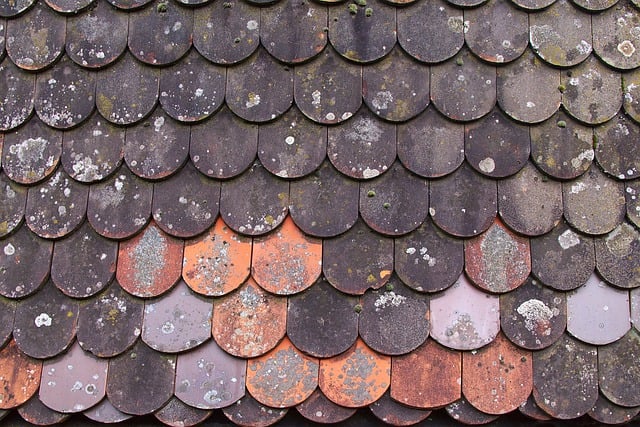Flat roofs require special attention for drainage due to reduced natural water deflection, making regular roof maintenance crucial to prevent water damage and extend lifespan. Key tips include inspecting drain systems, addressing leaks promptly, and implementing efficient drainage solutions like high-quality gutters, properly sized downpipes, and spillover devices. Homeowners should also follow seasonal inspection guidelines, clean roofs regularly, and take proactive measures to protect against common issues for optimal roof care.
In regions facing intense rainfall, preparing flat roofs is paramount to prevent water damage and structural issues. This article guides you through a comprehensive approach to fortify your flat roof against heavy storms. We’ll delve into the unique challenges of flat roofs, explore the devastating effects of inadequate drainage, and detail essential components for effective storm protection. Learn essential roof maintenance tips and follow our step-by-step preparation guide to ensure your home stays safe and dry.
Understanding Flat Roofs and Their Unique Challenges
Flat roofs, though often overlooked, present unique challenges when it comes to drainage and overall maintenance. Unlike sloped roofs, their design offers less natural deflection for water runoff, making proper drainage systems essential during heavy rainfall events. This is where roofers can provide valuable expertise, offering tailored solutions to ensure the integrity of these structures.
Regular roof maintenance tips include inspecting for any damage or blockages in drain systems, ensuring smooth water flow, and addressing potential leaks promptly. By implementing these practices, homeowners can mitigate the risk of water damage, prolong the lifespan of their flat roofs, and prevent costly repairs associated with inadequate drainage management.
The Impact of Heavy Rainfall on Unprepared Flat Roofs
Heavy rainfall can have severe consequences for flat roofs that lack adequate drainage systems. Without proper preparation, these roofs are at risk of experiencing water pooling, which can lead to structural damage over time. When rain falls on a flat surface, it has nowhere to drain quickly, causing water to accumulate and potentially create hazardous conditions. This accumulation can result in weakened roof structures, as water erodes the materials, especially if the roof hasn’t been maintained properly.
Regular roof maintenance tips, such as installing efficient drainage systems, are essential to mitigate these risks. Effective drainage ensures that rainwater is swiftly guided away from the roof, preventing water damage and prolonging the lifespan of the roofing material. By implementing the right strategies, homeowners can protect their investments and ensure the overall integrity of their properties during heavy rainfall events.
Essential Components of Effective Drainage Systems
When preparing flat roofs for heavy rainfall, an efficient drainage system is paramount. Effective drainage systems are designed to swiftly convey rainwater away from the roof and building structure, preventing water accumulation and associated damage. Key components include high-quality gutters and downspouts, properly sized downpipe connections, and a well-maintained drip edge. Regular roof maintenance tips such as clearing debris from gutters and inspecting for leaks or damage ensure optimal performance during intense rainfall events.
Additionally, implementing a robust drainage solution often involves incorporating spillover devices or overflow pipes to handle excess water flow. These mechanisms divert surplus water onto the roof’s surface, preventing overwhelm of the primary drainage system. By integrating these essential components, homeowners and property managers can safeguard their flat roofs from potential water damage, ensuring longevity and structural integrity in light of heavy rainfall events.
Step-by-Step Guide to Preparing Your Flat Roof for Rainfall
Regular Maintenance Tips for Optimal Roof Protection
In light of the above discussions, it’s evident that preparing flat roofs for heavy rainfall is a multifaceted process that involves understanding unique challenges, implementing effective drainage systems, and adhering to regular maintenance tips. By integrating these strategies, homeowners can ensure their flat roofs are adequately protected, minimizing damage and enhancing overall roof longevity. Remember that proactive measures, such as proper drainage and routine inspections, are key components of effective roof maintenance tips for optimal protection against intense rainfall events.
